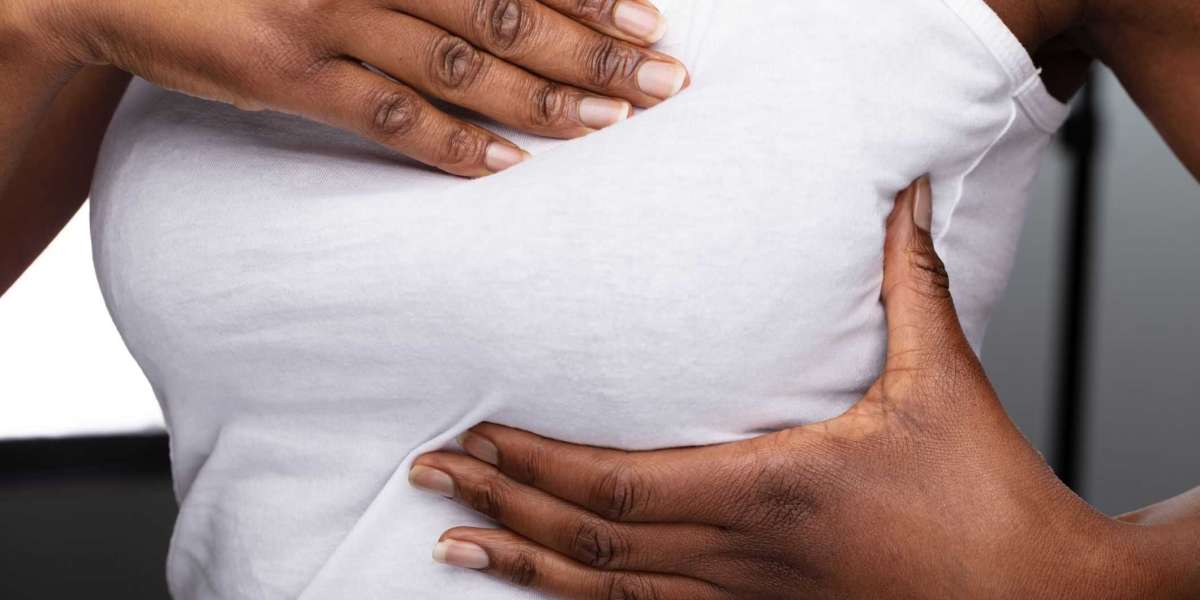Breast pain, also known as mastalgia, is a common concern among women that can vary in severity and frequency. While experiencing breast pain can be distressing, it's essential to understand that it's not always indicative of cancer. In this blog, we delve into the causes of breast pain, dispel misconceptions surrounding its association with cancer, and discuss when to seek medical attention.
Understanding Breast Pain:
Breast pain can manifest as a dull ache, sharp stabbing sensation, or tenderness in one or both breasts. It may occur cyclically, in correlation with menstrual cycles, or non-cyclically, unrelated to hormonal fluctuations. While breast pain is often benign and temporary, persistent or severe pain warrants further evaluation by a healthcare professional.
Non-cancerous Causes of Breast Pain:
Numerous non-cancerous conditions can cause breast pain, including hormonal fluctuations, fibrocystic changes, breast trauma or injury, muscle strain, and breast infections such as mastitis. Hormonal changes during menstruation, pregnancy, or menopause can also contribute to breast discomfort.
Dispelling the Myth:
Contrary to popular belief, breast pain is rarely associated with breast cancer. In fact, breast pain is more commonly attributed to benign conditions such as fibrocystic changes or hormonal fluctuations. However, it's crucial not to dismiss persistent or unusual breast pain, as it may indicate an underlying issue that requires medical attention.
When to Seek Medical Evaluation:
While breast pain is usually benign, certain red flags warrant prompt evaluation by a healthcare provider. These include:
- New onset of breast pain that persists beyond the menstrual cycle.
- Unilateral breast pain (affecting only one breast).
- Breast pain accompanied by other concerning symptoms such as a lump, nipple discharge, skin changes, or swelling.
- Breast pain that interferes with daily activities or quality of life.
Seeking medical evaluation allows for proper assessment and diagnosis, which may involve a clinical breast exam, imaging studies (such as mammography or ultrasound), and possibly a biopsy if necessary.
Conclusion:
Breast pain is a common occurrence that can be distressing for many women. However, it's essential to recognize that breast pain is rarely associated with breast cancer and is more commonly attributed to benign causes. While most cases of breast pain are temporary and resolve on their own, persistent or unusual breast pain should prompt further evaluation by a healthcare professional. By understanding the causes of breast pain and dispelling misconceptions, we can empower women to prioritize their breast health and seek appropriate medical care when needed.








